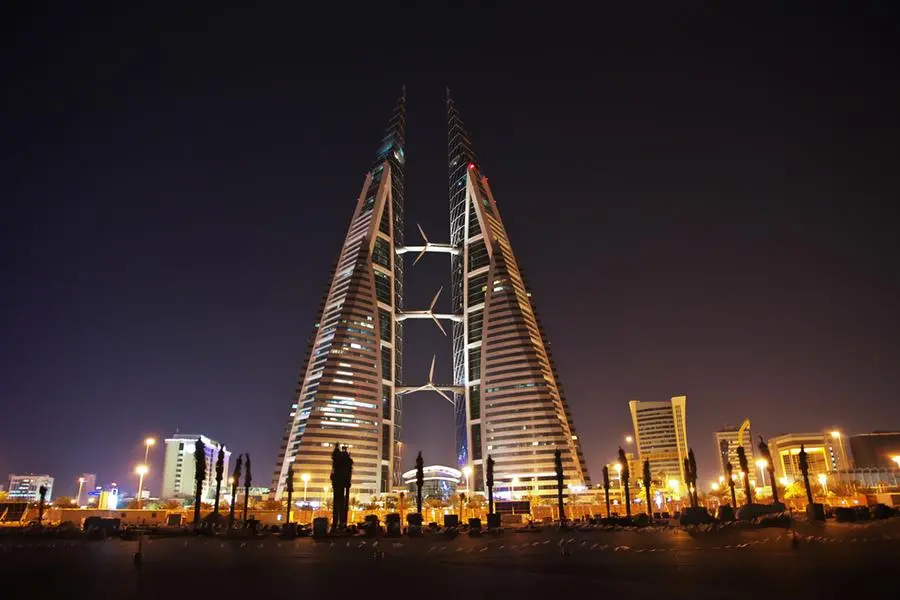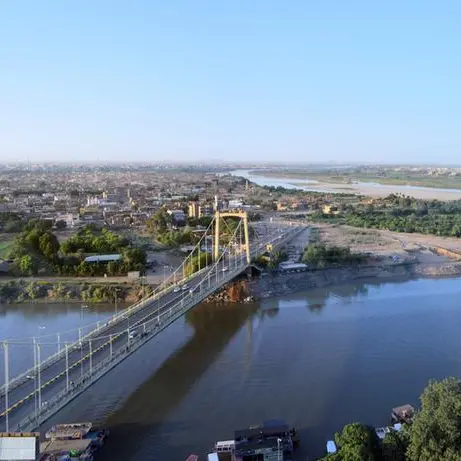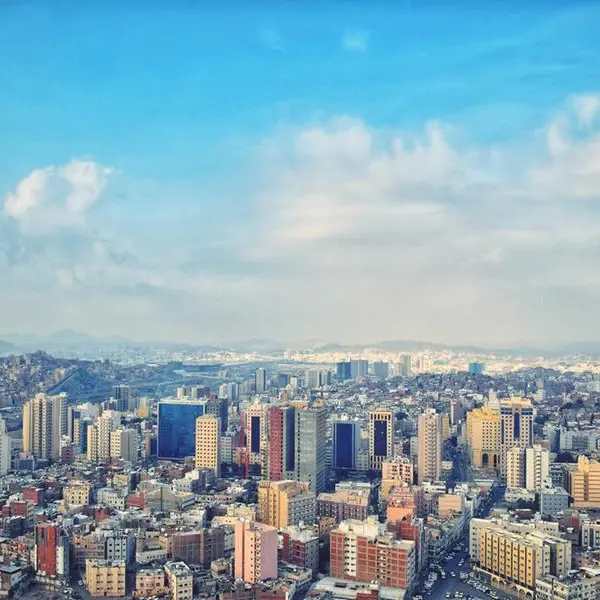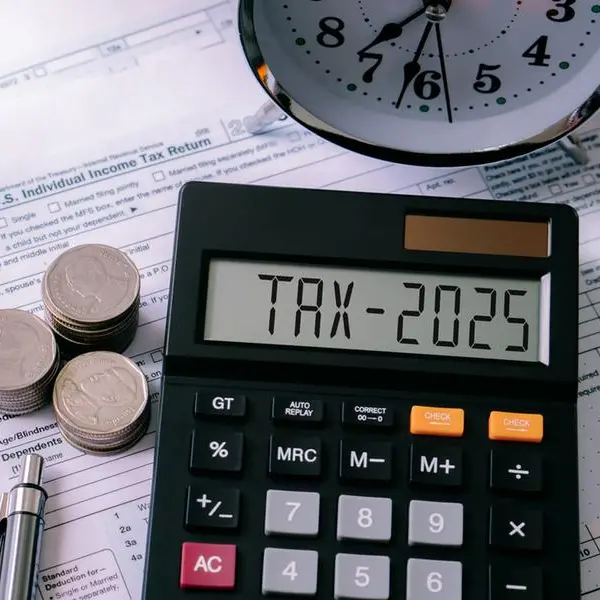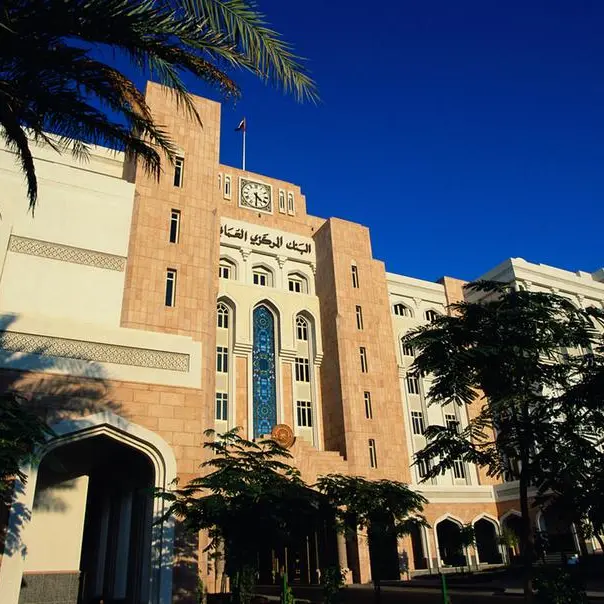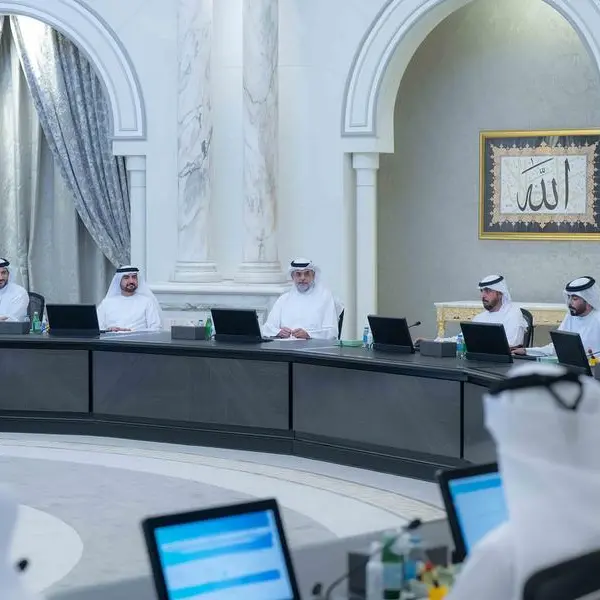PHOTO
S&P Global Ratings has affirmed its 'B+/B' long- and short-term foreign and local currency sovereign credit ratings on Bahrain and notes that the kingdom’s outlook remains stable.
This indicates that S&P expects the government will continue implementing measures to reduce the budget deficit, while benefitting from additional support from other Gulf Cooperation Council (GCC) sovereigns, if needed.
Meanwhile, spending pressures and lower oil receipts resulted in a sharp widening of Bahrain's fiscal deficit to 5% of GDP in 2023. “Nevertheless, over the period to 2027, we expect the government will implement reforms to consolidate its fiscal position, largely via increasing non-oil revenue,” S&P said in a release.
Upside scenario
“We could raise the ratings if the government's budgetary position improved significantly beyond our expectations, contributing to a steady reduction in net debt to GDP. We could also raise the ratings if widening current account surpluses were to support a significant and sustained improvement in Bahrain's external position,” S&P said.
The rating reflects S&P’s expectation that the Bahraini government will consolidate its fiscal position over the period to 2027, despite the sharp widening of the deficit in 2023.
Last year's slippage was largely due to the higher interest rate environment, a one-off lump sum social support programme, and an upward adjustment in pensioners' inflationary allowance that will continue into 2024.
Support package
S&P assumes Bahrain will receive the remaining $2.8 billion of the $10.2 billion GCC support package pledged by Saudi Arabia, the UAE, and Kuwait in 2018, and there remains potential for additional financial support beyond the programme's expiration at year-end 2024, if needed.
These interest-free loans have historically covered about 50% of the government's gross external financing needs, although S&P notes disbursements are not tied to, and do not necessarily align with, Bahrain's external debt repayments.
The Bahraini government is implementing a multiyear economic recovery plan targeting more than $30 billion of strategic investments to boost economic growth outside the oil sector.
The government has implemented budget measures to increase non-oil revenues and contain expenditures. S&P expects the GCC will continue to extend political, economic, and financial support to Bahrain, albeit increasingly in the form of investments rather than direct government support.
Bahrain's relatively diverse economy benefits from proximity to the large Saudi Arabian market, strong regulatory oversight of the financial sector, a relatively well-educated workforce, and a lower-cost environment compared with GCC peers.
However, when GDP performance from 2017-2027 is adjusted for population levels, GDP per capita levels are largely flat, suggesting that labor supply, rather than productivity, remains the key growth spur.
Wealthy economy
S&P views Bahrain as having a relatively wealthy economy and estimate GDP per capita at $27,580 in 2024.
Bahrain's oil production is currently below the cap set by Opec+ agreements. Approximately 75% of Bahrain's total oil production of about 200,000 barrels per day comes from the Abu Safa oil field, shared with Saudi Arabia, with the remaining 25% sourced from the onshore Bahrain field.
Bahrain does not currently export gas, but its recent discovery of two gas fields, Al-Joubah and Al-Jawf, could result in increased self-sufficiency and possibly exports. In addition to hydrocarbons, exports of metals produced via energy-intensive processes, particularly aluminium, remain an important source of foreign currency earnings.
In 2023, Bahrain's real GDP expanded 2.4% on continued growth of regional tourism, transportation, and hospitality. Partially offsetting this growth was a 2.4% contraction in the oil sector, owing to temporary maintenance at the Abu Safa oil field.
Despite Bahrain's dependence on oil for its fiscal and external revenue, the contribution of hydrocarbons to GDP numbers is much smaller, at about 16% of GDP. This reflects a structural mismatch, which the government is attempting to correct by raising taxes on non-oil revenue.
Economic recovery plan
S&P forecasts Bahrain's economic growth will average 2.5% over 2024-2027, broadly in line with 2023. S&P expects the government's economic recovery plan will continue to drive non-oil activity over the medium term, spurring domestic employment and attracting investments in strategic sectors such as tourism, housing, roads, airports, and electricity.
Associated projects include the building of five offshore cities, the development of the Bahrain metro, and the Bapco refinery modernisation project (under Bapco Energies; scheduled to become operational at the end of 2024).
Project financing continues to be supported by neighbouring GCC states and we expect this to remain the case for the foreseeable future. At present, projects funded under the $7.5 billion GCC Development Fund--introduced by GCC partners in 2011 to support local infrastructure—will continue to support investment until around 2027. However, the effects of this specific programme will wane as the fund has been almost entirely committed to projects, of which about $7.4 billion (48 projects) are under way or have been completed.
Further GCC support
Beyond 2027, S&P expects further GCC support to be provided, alongside private-public partnerships, allowing on-budget infrastructure spending to remain contained.
Relations between Bahrain and most GCC sovereigns remain strong, exemplified by the $10.2 billion GCC support package pledged by Saudi Arabia, the UAE, and Kuwait in 2018.
Alongside the two large support packages, Saudi Arabia's Public Investment Fund (PIF) recently earmarked $5 billion in a specialised investment vehicle for Bahrain, focusing on the development of tourism, transportation, infrastructure, and the environment. This comes in addition to a $2 billion fund pledged by the UAE to Bahrain, Egypt, and Jordan for industrial projects (including aluminium and petrochemicals). Separately, Bahrain continues to advance its diplomatic relations with Qatar, recently resuming discussions on the Bahrain-Qatar Causeway Project.
Bahrain's gross external financing needs are among the highest of S&P’s rated sovereigns due to the large external short-term debt of the wholesale and retail banking sectors.
“We expect the likelihood of further GCC support, if needed, will help maintain confidence in the Bahraini dinar's peg to the US dollar,” S&P said.
Interest payments
S&P forecasts interest payments will average about 28% of general government revenue over 2024-2027, up from 13% in 2015. Bahrain's relatively low and volatile general government revenue base significantly influences the ratio.
However, the $10.2 billion GCC support package, accounting for about 14% of total government debt as of end-2023, helps contain the increase in the interest burden. These GCC funds have a zero-interest rate, seven-year grace period, and 30-year term. In addition, the government's liabilities to the CBB do not carry an interest charge.
Bahrain's banking system remains relatively resilient, with regulations broadly in line with those of regional peers. “We forecast private sector credit growth will average 4% over 2024-2026, primarily fuelled by government housing programs. We anticipate that the CBB will continue mirroring the US Federal Reserve's (Fed's) interest rate cuts, which will modestly pressure banks' interest and profit margins. We expect the strain on the banking sector's asset quality to be manageable due to prudent provisioning, despite high exposure of Bahraini banks to the very cyclical construction and commercial real estate sectors.”
S&P assumes the still-favourable external environment will enable Bahrain to achieve current account surpluses averaging 3.0% of GDP over 2024-2027, compared with 6.3% in 2023.
Aluminium exports
Aluminium exports, comprising 36% of total non-oil exports, should remain robust thanks to the completion of the Aluminium Bahrain Line 6 expansion project, while S&P projects oil exports (50% of total exports) will benefit from supportive prices despite a temporary decline in production.
Although income payments and workers' remittances will remain a drain on the external balance, stronger receipts from tourism and financial services tied to the normalisation of economic activity will help shore-up the services account.
“We forecast strong continued inflows of foreign direct investment supported by ongoing GCC investment. Bahrain's gross external financing needs are among the highest of rated sovereigns: We estimate them at 3.5x current account receipts plus usable reserves on average over 2024-2027. The high external financing needs reflect large financial sector external debt, estimated at about 125% of GDP.”
This includes potentially flight-prone nonresident deposits of over 30% of GDP, although S&P notes their relative stability over the past few years. More than offsetting this are the financial sector's external assets, which are at 232% of GDP, or three-quarters of the economy's total foreign assets. These assets are likely less liquid and have longer tenures than the banking system's funding base.
Bahrain's net external creditor position has improved on account of a sharp increase in the stock of foreign liquid assets. This has largely stemmed from foreign-owned wholesale banks, which account for about 50% of the Bahraini economy's total external assets. Consequently, S&P’s average narrow net external debt forecasts have improved to an asset position of 23.3% of current account payments over 2024-2027, from its previous forecast of a liability position of 8.6% of current account receipts during the same period.
Copyright 2024 Al Hilal Publishing and Marketing Group Provided by SyndiGate Media Inc. (Syndigate.info).
